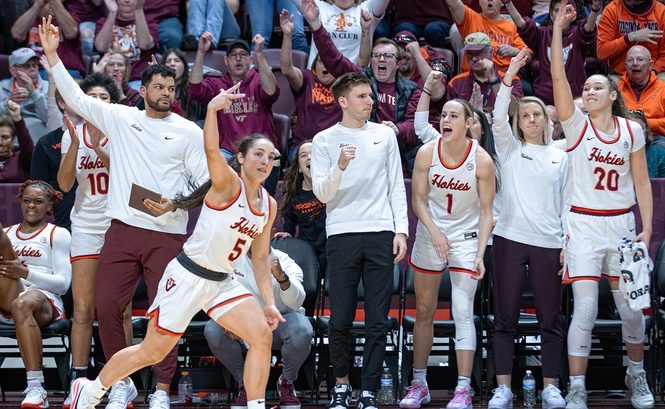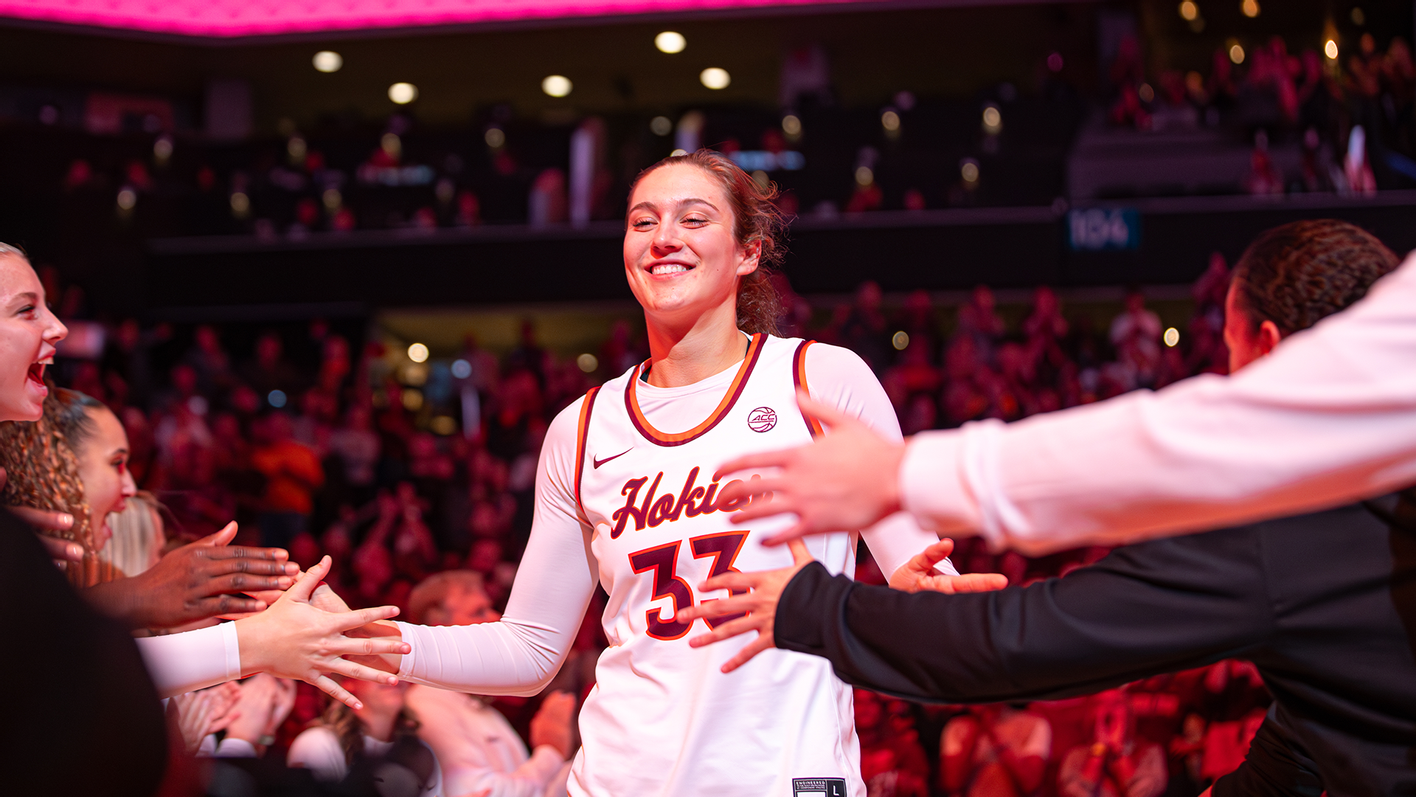
For the second straight season, all-session tickets for the first and second round of the Women’s NCAA Tournament in Blacksburg have sold out.
As March Madness tips off this week, the men’s NCAA Tournament is not the only game in town drawing big interest, ratings, and betting.
Jadrian Wooten, a Virginia Tech collegiate associate professor in the Department of Economics, explains how investment and interest in women’s basketball has created a “virtuous cycle” spurring growth in one another to help close the gender equity gap.
“If there’s an increase in financial support, that can be reinvested in improving the sport’s quality,” says Wooten. “As quality increases, so does viewership, which attracts more advertising and sponsorship. It creates a self-reinforcing loop, where each element of success builds on and magnifies the others, leading to a brighter future for women’s college basketball.”
In recent years, the women’s Tournament has made major strides to close the gap, with last year’s national championship game averaging 9.92 million viewers and topping out at 12.6 million (the men’s final averaged 14.69 million). That led to a new television deal with ESPN this year, with a substantial increase in rights fees.
“This deal not only reflects the growing marketability of the sport, but also actively contributes to its future growth,” says Wooten. “Schools can reinvest these funds into the sport, improving everything from facilities to recruitment and marketing efforts, directly benefiting the athletes and enhancing the competitive landscape. … More visibility not only draws in more fans, but also elevates the profile of the sport, making it more attractive to potential sponsors and advertisers.”
Stars like Angel Reese, with 2.7 million Instagram followers, and Caitlin Clark, with 1.1 million, have built their popularity by staying in school for several years, unlike many of the most prominent men’s players, and are commanding seven-figure name, image, and likeness deals.
“Social media exposure can be an important force in driving attention toward college basketball,” says Wooten. “Social media allows athletes to engage directly with fans, creating personal connections that traditional media can’t replicate. This boosts visibility and creates a fan base willing to support players, teams, and associated brands.”
The rise in interest in the women’s game has also been reflected in huge booms in sports betting, up 14 times from last year’s regular season on DraftKings.
“This is another strong indicator of rising interest and exposure. Betting activity often reflects engagement levels,” says Wooten. “As more people bet on women’s basketball, it naturally attracts even more attention. This isn’t just from bettors themselves but also from sports media outlets and platforms that cover betting trends and game analyses. This increased visibility draws new fans to the sport, which makes women’s basketball a more attractive platform for advertisers. Advertisers are more inclined to invest when they know that the audience is more engaged.”
Wooten is a collegiate associate professor with the Virginia Tech Department of Economics and is the author of “Parks and Recreation and Economics.” Read more about Wooten’s takeaway on the economic impact of the Canadian wildfire crisis and climate change in his Monday Morning Economist newsletter. Wooten has been featured in USA Today, Inside Higher Ed, WJLA ABC 7 Washington, D.C., and NBC News, among scores of other media outlets.
Virginia Tech

